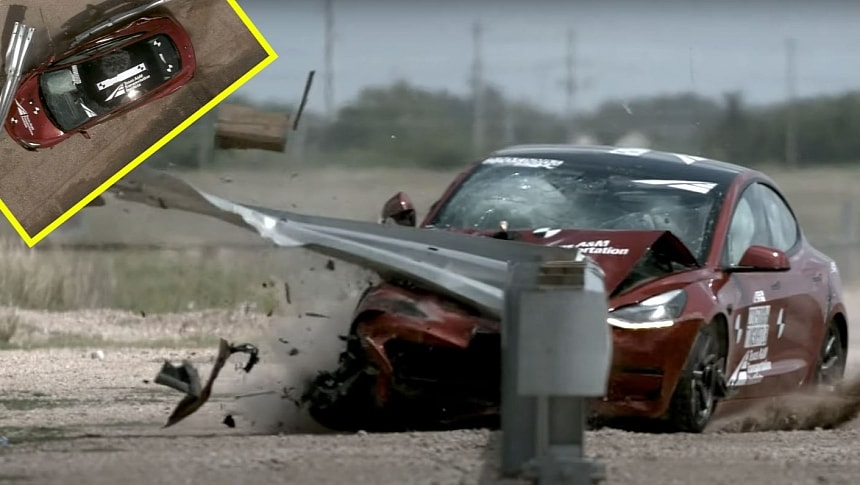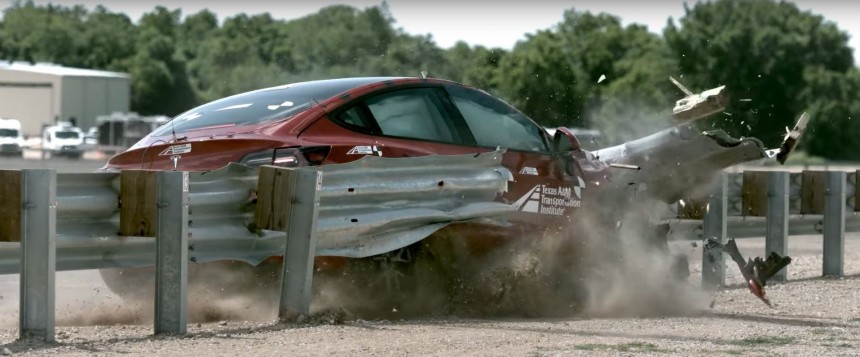In the US, almost everybody likes cars. Those who don't like them, need them. Public transportation is unreliable or unbearable in many parts of the country or nonexistent where people need it most. Very few Americans refuse to buy a car. Still, their number is increasing. But for everybody else who doesn't live in Mackinac-like communities, making the right choice isn't simple.
Besides establishing a budget that doesn't break the bank or getting into a contract with high monthly payments or bad lease deals, car buyers must now weigh the pros and cons of choosing a pure internal combustion engine-powered ride, mild hybrids, plug-in hybrids, and all-electric vehicles.
Currently, hybrids have the upper hand because more and more customers discover that a gas- or diesel-powered car could enjoy the help provided by a little motor feeding onto a very small battery. The weight penalty is well worth it and incomparable with what a plug-in hybrid version of the same ride would weigh.
Take the new BMW 7 Series as an example. The 740i xDrive and the 750e xDrive have the same six-cylinder under the hood, but the latter is 915 lb heavier than the former.
Tesla doesn't manufacture conventional vehicles. So, we can compare the facelifted Model 3 Long Range with the current-gen BMW M340i xDrive. Believe it or not, their curb weight is very similar. The Bavarian sedan is only 79 lb lighter than the battery-powered zero-tailpipe emission Tesla. But the Model 3 has a much lower center of gravity because most of it is found in the high-voltage battery, which is part of the car's structural integrity.
Still, the Texas A&M Transportation Institute wanted to see how the Model 3 would fare in a situation where the EV would come in contact with a thrie-beam post system with wood blocks, which is better known as traditional guardrails.
A pre-facelift Model 3 was sacrificed to figure out if road safety needed further improvements. The EV was sent diagonally at 62 mph (100 kph) into a guardrail system commonly used in the Lone Star State and other parts of the US.
The result? Well, the barrier wasn't enough to slow down and bring the EV to a halt. The Model 3 plowed through the guardrail, which indicated that something must change.
The Institute anticipates that there will be more and more EVs on Texas' roads, and it wants authorities to be well-prepared for these types of incidents.
Normally, this type of guardrail should make the car "stick" to it, slow it down, and keep it on its side of the road to prevent a crash with unsuspecting oncoming traffic participants or falling off a cliff.
However, this test also shows that a battery-powered vehicle (even a sedan!) can be very safe for those sitting inside it. All the airbags deployed fast, and the vehicle's front end disintegrated. Although it may look like a violent crash that rendered the Tesla completely unusable, that's exactly what you want to see. The vehicle absorbs the impact energy and allows it to disperse without unnecessarily harming the occupants.
It also dismisses claims that are popular with EV detractors: the Model 3 didn't catch fire.
Finally, in case you're wondering, Mackinac Island is probably the only US island where cars are not welcomed. Only emergency vehicles can make their presence known in that pretty popular village. The inhabitants voted in 1898 to keep motor vehicles (or, as they called it, "horseless carriages") out because they were scaring horses. The irony is that the Island is part of Michigan, the home state of Detroit, (which, hopefully, still is) the world's automotive capital.
Currently, hybrids have the upper hand because more and more customers discover that a gas- or diesel-powered car could enjoy the help provided by a little motor feeding onto a very small battery. The weight penalty is well worth it and incomparable with what a plug-in hybrid version of the same ride would weigh.
Take the new BMW 7 Series as an example. The 740i xDrive and the 750e xDrive have the same six-cylinder under the hood, but the latter is 915 lb heavier than the former.
Tesla doesn't manufacture conventional vehicles. So, we can compare the facelifted Model 3 Long Range with the current-gen BMW M340i xDrive. Believe it or not, their curb weight is very similar. The Bavarian sedan is only 79 lb lighter than the battery-powered zero-tailpipe emission Tesla. But the Model 3 has a much lower center of gravity because most of it is found in the high-voltage battery, which is part of the car's structural integrity.
Still, the Texas A&M Transportation Institute wanted to see how the Model 3 would fare in a situation where the EV would come in contact with a thrie-beam post system with wood blocks, which is better known as traditional guardrails.
A pre-facelift Model 3 was sacrificed to figure out if road safety needed further improvements. The EV was sent diagonally at 62 mph (100 kph) into a guardrail system commonly used in the Lone Star State and other parts of the US.
The Institute anticipates that there will be more and more EVs on Texas' roads, and it wants authorities to be well-prepared for these types of incidents.
Normally, this type of guardrail should make the car "stick" to it, slow it down, and keep it on its side of the road to prevent a crash with unsuspecting oncoming traffic participants or falling off a cliff.
However, this test also shows that a battery-powered vehicle (even a sedan!) can be very safe for those sitting inside it. All the airbags deployed fast, and the vehicle's front end disintegrated. Although it may look like a violent crash that rendered the Tesla completely unusable, that's exactly what you want to see. The vehicle absorbs the impact energy and allows it to disperse without unnecessarily harming the occupants.
It also dismisses claims that are popular with EV detractors: the Model 3 didn't catch fire.
Finally, in case you're wondering, Mackinac Island is probably the only US island where cars are not welcomed. Only emergency vehicles can make their presence known in that pretty popular village. The inhabitants voted in 1898 to keep motor vehicles (or, as they called it, "horseless carriages") out because they were scaring horses. The irony is that the Island is part of Michigan, the home state of Detroit, (which, hopefully, still is) the world's automotive capital.













